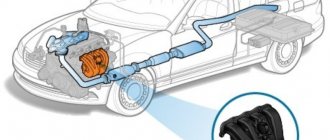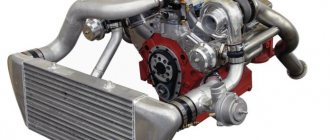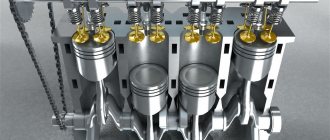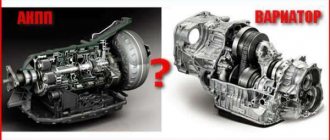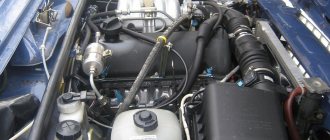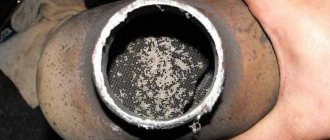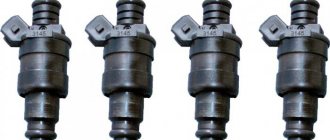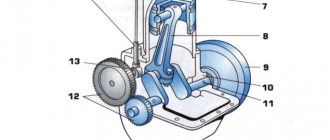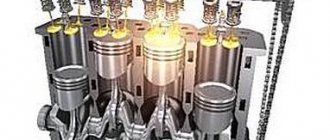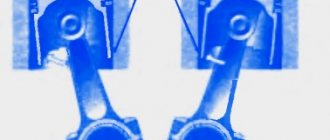string(10) “error stat”
The exhaust manifold is the first component of a car’s exhaust system. Structurally, these are several channels combined into one common channel that transmits exhaust gases further along the exhaust tract. Exhaust manifolds are installed on all types of internal combustion engines, regardless of their brand or purpose. Exhaust manifolds are necessary to collect and remove exhaust gases.
Exhaust manifold layout
A properly designed and selected manifold contributes to more efficient ventilation of the cylinders, which means more optimal filling of the air-fuel mixture. A similar effect is achieved due to the movement of exhaust waves inside the manifold channels.
Operating principle of the exhaust manifold
Before the exhaust stroke, the exhaust gases are under high pressure in the cylinder. When the exhaust valve opens, a pressure difference occurs and exhaust gases rush into the exhaust manifold (where the pressure is much lower). At the same time, the piston begins to move upward, pushing the contents of the combustion chamber into the exhaust system. Some of the gases go further along the exhaust tract, some are reflected and tend to the neighboring cylinders. Such movements of exhaust gases are usually called wave movements. A positive side effect is the discharge of the medium in the exhaust manifold after the passage of such a wave.
The integrated work of the intake manifold, gas distribution mechanism and exhaust manifold provides additional purging of the combustion chamber. The thing is that the exhaust valve is always “delayed” in closing (during the start of the intake stroke, the exhaust is still open). The accumulated pressure of the air-fuel mixture in the intake manifold is, under certain conditions, higher than the pressure in the exhaust manifold. A sharp pressure drop occurs, the cylinder is additionally purged from exhaust gases, and filled with a fresh portion of the air-fuel mixture. The issue is closed.
What affects the condition of the collector
Although the exhaust manifold often has the same service life as the entire car, it can also fail. Here are typical breakdowns associated with the exhaust manifold:
- The pipe burned out;
- Corrosion has formed (applies to steel modifications);
- Due to excessively high temperatures and manufacturing defects, scale may form on the surface of the product;
- A crack has formed in the metal (when the engine has been running at high speeds for a long time, and cold water gets onto the surface of the collector, for example, when driving into a puddle at high speed);
- The metal has weakened due to frequent temperature changes in the walls of the part (when heated, the metal expands, and when cooled, it contracts);
- Condensation forms on the walls of the pipes (especially if the car is rarely driven, for example in winter), due to which the process of metal oxidation is accelerated;
- Soot deposits appeared on the inner surface;
- The manifold gasket has burnt out.

